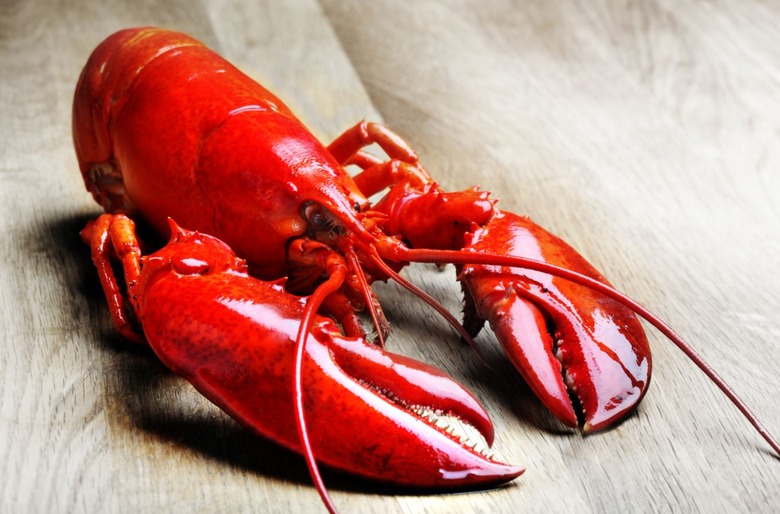Yes, Lobster Really Used To Be Considered Trash
Digging into a lobster — be it steamed, grilled, roasted, or in a lobster roll — is one of life's great culinary pleasures. But before it was a gourmet delicacy commanding sky-high prices at fancy restaurants, lobster was considered to be, well, trash.
Lobsters are ugly, bottom-feeding crustaceans, so it can be understood why, once upon a time, people really didn't like eating them. In fact, fishermen used to toss them back or throw them out when they'd get caught in their nets, British POWs during the Revolutionary War revolted over being served too much of the stuff, some states implemented laws against serving prisoners lobster more than three times per week, and the creatures — not just their shells — were even ground up and used as fertilizer.
But while lobsters were common along the Northeast coast, nobody in the middle of the country had access to them, which made them a rare luxury once the railroads came along and could transport fresh shellfish to the Midwest and West. (They also became popular entrees in high-end train dining cars.) A little marketing convinced folks that lobsters were a delicacy, and a phenomenon was born — especially once somebody thought to dunk them in drawn butter.
